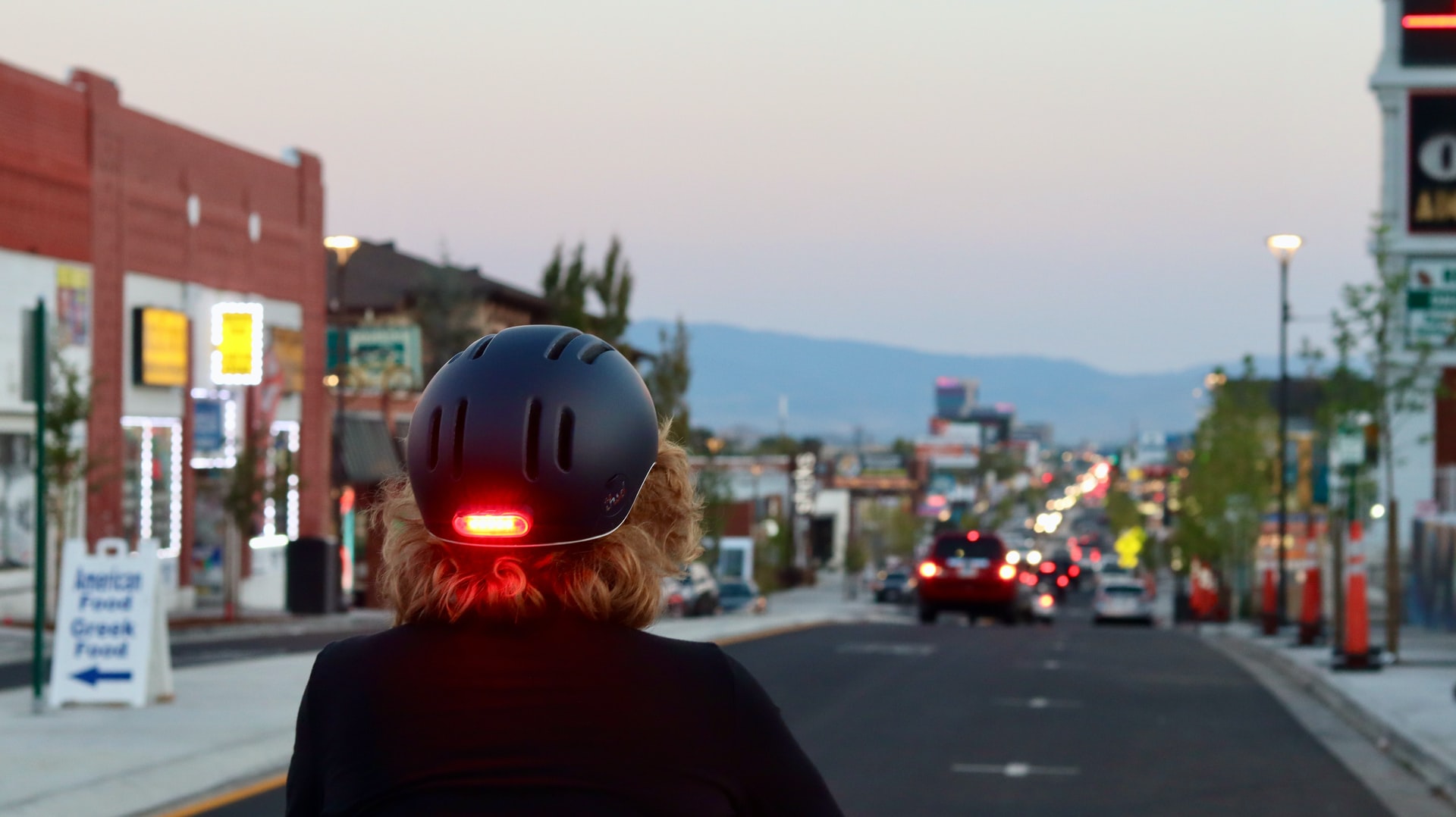What is a 15-minute city and how does coworking fit in?
You’ve probably come across the term “15-minute city”. But what does it mean?
For those not in the know, the concept is the brainchild of the French-Colombian scientist Carlos Moreno. It’s an urban design strategy that enables citizens to reach their daily necessities and services within a 15-minute cycle ride or walk.
The 15-minute was popularised by the mayor of Paris, Anne Hidalgo.
Moreno put forth his idea in 2016 at the UN climate talks in Paris, and although people loved it, they thought the notion of people working closer to home was unrealistic.
Fast forward a few years and the pandemic made working near home - or at home - a reality for many. And as more employers adopt hybrid work strategies, huge opportunities have opened up for coworking spaces outside of the city’s nucleus.
With Moreno acting as her scientific advisor, Hidalgo unveiled her '15-minute city' plan as part of her 2020 re-election campaign. Her vision was to create self-sufficient communities, cut pollution and improve people’s wellbeing.
And in 2021, the 15-minute city won the Obel Award – an international prize that celebrates "outstanding architectural contributions to human development".

A 15-minute city is about decentralisation.
Instead of amenities being concentrated in one square mile, for instance, they’re more dispersed. It means people don’t have to commute long distances to work in their car or on public transport – they can reach the office within 15 minutes.
In a 15-minute city, other services are also within a short walk or cycle ride, including food, health, education and cultural facilities. This has huge environmental benefits too. Car dependency is reduced, cutting fossil fuel usage and carbon emissions.
There are lots of ways cities can achieve 15-minute status. One way, according to Moreno, is to create different functions for existing buildings.
In Paris, for instance, school playgrounds are open at the weekend for citizens to use. Streets around schools are closed to cars so that children can walk or cycle safely.
As well as Paris, Moreno's strategy has also been adapted to influence urban planning in other cities worldwide, including Buenos Aires, Chengdu and Melbourne.
Using the €100,000 prize money from the award, Moreno and his team are adapting the idea to align realistically with lower-density areas (30 minutes, instead of 15). They’re running an experiment in southern France to understand behaviours outside of big cities.
Edge and out of town workspaces are key to the success of the 15-minute city concept.
There’s a growing appetite for it too, as businesses realise that they need to set up hubs where their employees and potential hires live. Some employers are investing in individual coworking memberships for those who don’t want to WFH full time.
In the UK, demand for IWG offices in suburban and rural locations grew by 32% and 20% during the first quarter of 2021, compared to the same period pre-pandemic. On the other hand, demand in city centres fell by 11%.
Over in the US, CoLab, a coworking facility in Trumbull, Connecticut, experienced record growth from May 2020 to May 2021, with membership increasing by over 90%.
Suburban coworking spaces around the world are experiencing significant growth as hybrid working catches on and people move to more affordable areas.
Coworking and retail are also combining to turn the 15-minute city concept into a reality.
The coworking operator Industrious has over 100 coworking spaces across the US, including in shopping malls, and began 2021 with a “work from mall” focus.
It started rolling out its coworking in malls approach in 2018. In 2021 it had 200,000-square-feet of office space in malls.
Published in Digiday, Industrious’ CEO Jamie Hodari said the hybrid work model of people working from home part-time amplified demand for a workplace that’s “integrated into a broader set of amenities and experiences, rather than high up in a tower.”
Hospitality and coworking are teaming up too.
WorkChew is a company that connects remote workers with restaurants and hotels that need to maximise the use of their space. In 2021, WorkChew raised $2.5M in seed funding to turn hotels and restaurants into flexible workspaces.
The company’s CEO, Maisha Burt, startedWorkChew in 2018 after meeting with restaurant owners and hearing about the periods in the day when no one was visiting.
The restaurateurs were keen to let people use their space to work during quiet periods. After the pandemic hit, hotels started reaching out to WorkChew to form partnerships.
If you’re helping to turn your area into a 15-minute neighbourhood, we’d love to hear from you! Share your story with us on Twitter by tagging @Nexudus.
Related stories
Global Coworking Trends and Opportunities for 2025
Now well into 2025, the coworking industry continues to demonstrate strong momentum. With demand for coworking spaces remaining steady around the globe, it's clear that coworking is not just enduring—it's thriving. Let’s explore the major trends and opportunities shaping the global coworking landscape this year.
Creating Events that Drive Community Engagement in Coworking Spaces
Community is everything in coworking, but a genuine sense of connection between members doesn’t magically happen overnight or by chance. Often, meaningful relationships take intentionality, effort, and time to build, with events being an effective vehicle for bringing people together around shared interests, goals, and experiences, creating opportunities for collaboration, and a thriving coworking culture. This article looks at creating events that drive community engagement in coworking spaces.
Liz Elam: ‘Community is the number one amenity in coworking spaces’
A household name in the global coworking industry, Liz Elam, is the founder of one of the world’s best coworking event series: GCUC. Liz’s coworking roots began in 2010, when she established Link Coworking – a welcoming, affordable, and professional coworking space – in her hometown of Austin, Texas. Link Coworking achieved incredible success, expanding across three locations and becoming the fourth-largest coworking brand in Austin. It was sold in 2019, making Liz the first woman globally to exit a coworking brand.
Key Takeaways from the Coworking Alliance Summit 2025
Gathering online for the Coworking Alliance Summit last week, members of global coworking alliances, coworking spaces, and community leaders came together to navigate global issues, strengthen ties across the coworking industry, and work collectively towards future goals.
5 Ways to Reduce Noise in Open Offices & Coworking Spaces
Some people like working against a background of noise, while for others it’s their worst work nightmare. The truth is, our relationship with noise depends on our own preferences and the nature of our work.
Key takeaways from the Workspace Design Show 2025
London’s Workspace Design Show is undoubtedly one of the best coworking events of 2025. For one, the exhibition (held at Islington’s Business Design Centre) features a host of innovative and creative workspace design solutions tailored to the needs of modern workplaces.
What Is Workplace Management and Why Does It Matter?
There has always been a need for workplace management – the process of organising and optimising physical spaces, resources, and operations to support people’s needs. But, as 28% of UK working adults were reported to work in a hybrid capacity last autumn (by the Office for National Statistics), the question of ‘why workplace management matters’ is more critical than ever. Let’s look at the workplace management benefits for your operations.
10 Smart Goals for your Coworking Space: How to Set & Achieve Business Objectives
Coworking is synonymous with creativity, collaboration and productivity. Businesses and freelancers love coworking spaces because (by surrounding themselves with fellow workers) they’re more likely to achieve their goals. The coworking environment, while social, is set up to facilitate focused, distraction-free working.
The Best Coworking Events in 2025: Must-Attend Gatherings for Professionals
Managing coworking spaces is an all-encompassing role, often leaving operators, owners, and community managers with little time to focus on personal growth or draw inspiration from others.
10 Award-winning Coworking Space Designs: A Comprehensive Guide
Vibrant, contemporary workspaces create an undeniable ‘wow’ factor. Textured designs and ambient lighting make spaces feel warm and cosy, while natural elements and biophilic design features have literal mood-boosting properties.

